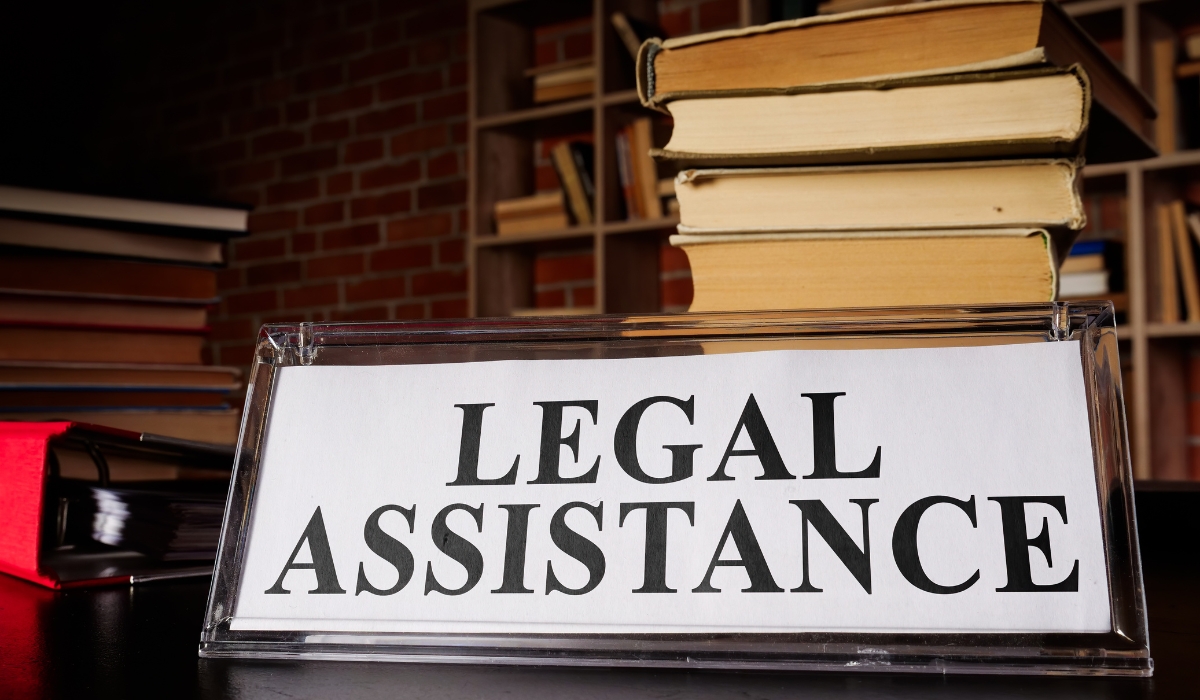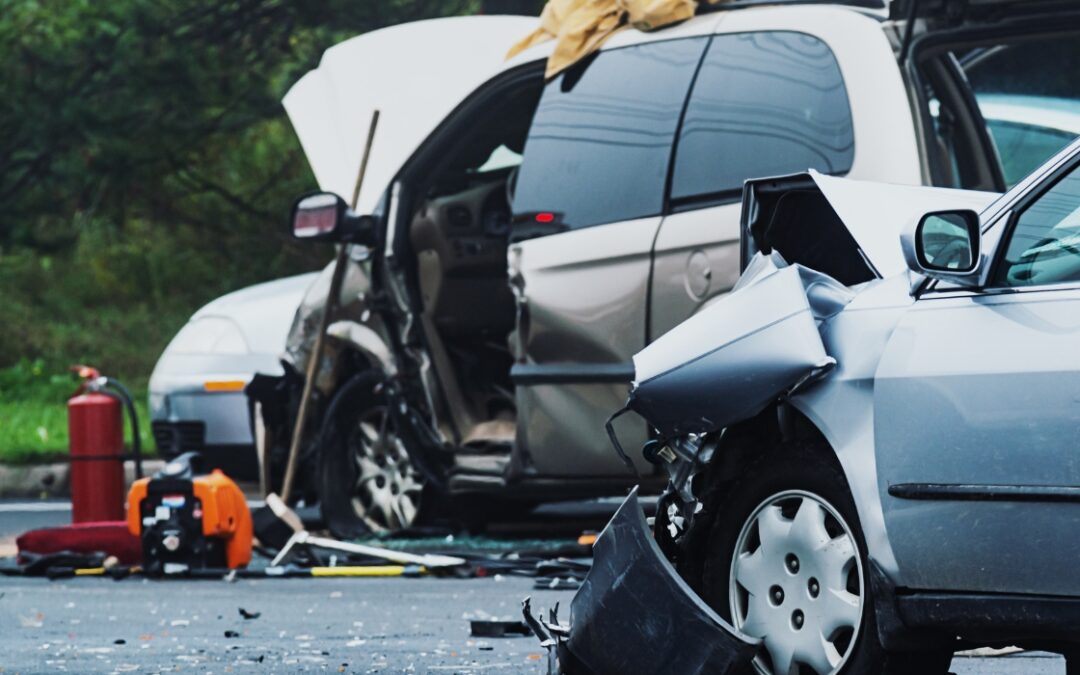Car accidents are always distressing, but when multiple vehicles are involved, the situation can become particularly complex and overwhelming. Not only are you dealing with the shock and potential injuries from the accident itself, but also the legal side of things. Determining who is at fault in a multi-vehicle accident is important for insurance claims and potential legal actions, yet it can be incredibly challenging. If you find yourself in such a predicament, remember, you’re not alone.
The Domino Effect in Multi-Vehicle Accidents
Multi-vehicle accidents often resemble a set of falling dominoes. One driver makes an error—maybe due to speeding, distraction, or weather conditions—and collides with another car. This initial impact may force one or both vehicles into other lanes, causing further collisions with more vehicles. This chain reaction can involve several cars, making it difficult to determine where the fault lies.
Determining Fault
In multi-vehicle accidents, fault may not rest with a single driver. Various factors are considered to establish liability:
- Negligence: Did one of the drivers fail to follow traffic laws or drive safely under the current road conditions?
- Weather and Road Conditions: Sometimes, external factors like icy roads or poor visibility contribute to accidents, which can complicate fault determinations.
- Vehicle Malfunctions: Occasionally, a defect in a vehicle, such as brake failure, can initiate an accident. In such cases, the manufacturer or maintenance provider might be partly liable.
Understanding the specifics of each vehicle’s actions and the conditions on the road at the time of the accident requires thorough investigation. Authorities may need to review traffic camera footage, vehicle “black boxes,” vehicle dashcams, and eyewitness accounts to piece together the sequence of events.
Understanding California’s Comparative Negligence System in Multi-Vehicle Accidents
In California, the method used to determine fault and compensation in car accidents, including complex multi-vehicle collisions, is known as “comparative negligence.” This system is critical for anyone involved in an accident to understand, as it directly impacts how much compensation you might receive for your damages and injuries.

How Comparative Negligence Works
Under California’s comparative negligence law, each party involved in an accident is assigned a percentage of fault based on their contribution to the accident. This system allows for compensation to be adjusted according to the degree of fault assigned to each driver. For example, if you are involved in an accident and found to be 10% at fault, and another driver is found to be 90% at fault, you can still recover damages. However, your recovery amount will be reduced by your percentage of fault—so you would receive 90% of the total damages calculated.
California Civil Code and Comparative Negligence
The principles of comparative negligence in California are outlined in the California Civil Code, specifically in the section dealing with negligence (California Civil Code Section 1714). This statute emphasizes that everyone is responsible not only for the result of their willful acts but also for injuries occasioned to another by their lack of ordinary care or skill in managing their property or person.
Practical Example for Better Understanding
Imagine you are driving slightly above the speed limit on a rainy day. Suddenly, another driver illegally changes lanes right in front of you. To avoid a collision, you brake hard, but due to your speed and the wet road conditions, you slide and partially collide with another car in the adjacent lane. In this scenario, an investigation might find you 20% at fault for speeding and the other driver 80% at fault for making an unsafe lane change. If the total damages are $100,000, you would be entitled to recover $80,000, reflecting the reduction by your 20% of fault.
Why You Might Need Legal Help
Multi-vehicle accidents can result in significant legal complexities and substantial financial stakes. Insurance companies often attempt to minimize their payouts by arguing over degrees of fault. Having a skilled attorney can help ensure that your side of the story is heard and that you receive fair compensation for your damages and injuries.

Moving Forward
Recovering from a multi-vehicle accident involves not only healing physically but also ensuring your mental and emotional well-being. It’s important to have supportive professionals by your side. Legal matters and insurance claims can be daunting when you’re trying to recover from such an event. We believe your time and energy is best spent on your recovery and that your legal representation should help take the stress of these legal and insurance matters off your shoulders.
If you’re feeling overwhelmed by a multi-vehicle accident and unsure about your next steps, consider reaching out to Johann Hall. As a dedicated personal injury attorney, my primary focus is on helping my clients heal in every way—physically, mentally, emotionally, and financially. I can guide you through the complexities of your case with compassion and expertise, while helping you find the necessary resources you need to continue the healing process.
Understanding your rights and the legal options available can significantly influence your recovery journey. To learn more or for a consultation, do not hesitate to reach out today. Remember, you don’t have to go through this challenging time alone.


